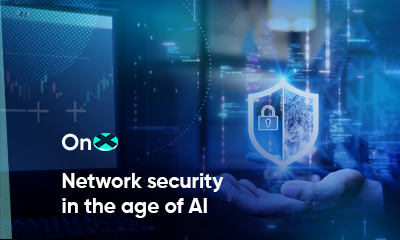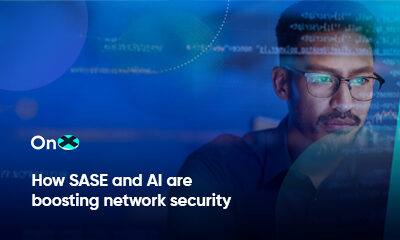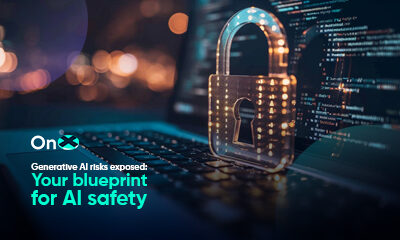
According to Microsoft’s X-Force Threat Intelligence Index 2022, phishing attacks—which rely on human error and deception—cause 40% of all data breaches.
Contrary to popular belief, few cyber-attacks solely consist of technology-based malware. Instead, experts conclude that most attacks harness some form of social engineering attack, such as spam, phishing, ransomware, or malware designed to deceive people into giving up vital information like passwords.
Why? It’s much easier to find a way into a system through human error than to find a code vulnerability.
The need for cybersecurity awareness training
Just like applications and firmware, people need to be kept up to date to protect against the latest malware threats. Implementing cybersecurity awareness training is a cost-effective and increasingly necessary solution. More and more oversight bodies require information security training as a part of compliance regulations.
Additionally, consumers are demanding intensified cybersecurity. According to Arcserve, 70% of consumers believe that businesses are not doing enough to maintain cybersecurity, and 66% avoid purchasing from organizations that have been hacked within the past 12 months.
Given the demands from regulators and consumers, businesses can no longer afford to ignore cybersecurity awareness training. But it’s not enough to implement the bare minimum. Instead, companies should work toward building a culture where cybersecurity is woven into the fabric of operations.
This blog will cover the benefits of cybersecurity awareness training and the best practices for implementing a system of training and constant improvement.
Also read: Zero Trust Networks: what are they, and how do you implement one?
Benefits of cybersecurity awareness training
The benefits of proper cybersecurity awareness and information security training programs are numerous. Here are just a few:
- Reduce your cyber insurance premium.
- Decrease the number of incidents your company or organization has in a given year.
- Meet compliance regulations.
- Protect employees on-premises and at home.
Who needs training?
In a word, everyone! Each member of your organization needs regular cybersecurity awareness training—from the C-suite to the admin at the front desk to everyone down the line. Information security starts at the top and is more effective than issuing mandates. The organization’s leadership should believe in the importance of building cybersecurity awareness.
Moreover, anything a company can do to implement information security techniques into the day-to-day operations of a company will only help to build a culture steeped in cybersecurity best practices and lower the risk of breaches. Examples include writing it into the company’s mission statement or adding cybersecurity into quarterly goals and employee reviews.
Security training best practices
People retain information differently, such as written instructions with quizzes at the end of learning units, role playing, situational-based coaching, videos, or lectures. An ideal cybersecurity awareness program combines each of these styles while factoring in the unique preferences of your team and culture.
Here are a few other best practices to keep in mind:
- Schedule training sessions on a monthly or even weekly basis. As active threats continue to evolve, security training must be frequent and growth-oriented to stay ahead of hacking techniques.
- Tailor training sessions to meet the needs of your team. For example, you might have a monthly lunch and learn, face-to-face or remotely, depending on how your team prefers to receive training.
- Adopt a communications strategy that keeps employees in the loop about emerging threats.
Learn more: Top 5 cybersecurity actions to take right now
Working towards a cybersecurity culture
Criminal organizations known as “access brokers” are often behind the blizzard of e-mails or texts designed to steal credentials. These access brokers then sell that access to the ransomware groups who encrypt the stolen data and demand ransom in exchange for the encryption key.
The threats to you and your company or organization are real, persistent, and constantly evolving. It’s not a matter of if your organization will be attacked, but when.
That’s why companies must prioritize information security awareness and implement cybersecurity training on every level of the organization.
A company is only as secure as its least secure connection and only as strong as its weakest link.
OnX engineers are experts in cybersecurity and provide guidance in managed security services such as SD-WAN, and other cloud security services.
Get in touch to learn more about how OnX can support you on your journey to creating a culture of cybersecurity awareness.















